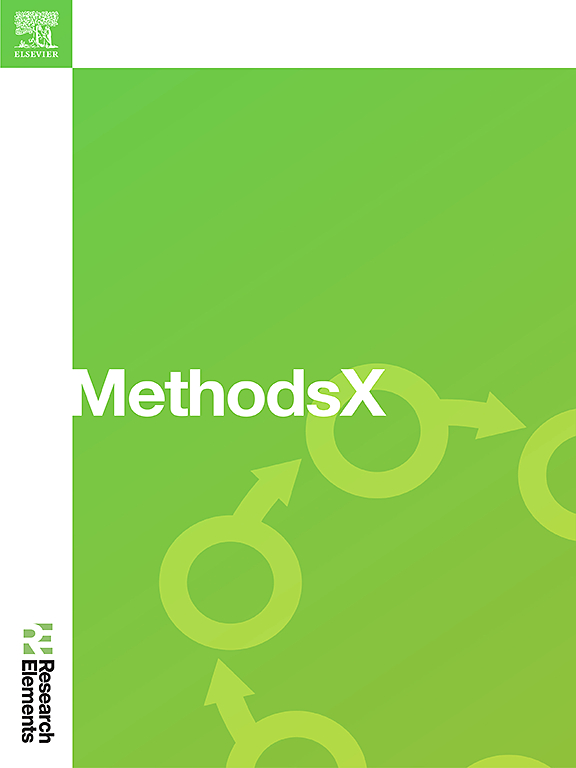EMI-LTI:利用 Gabor 滤波器和 ROI 识别肺部肿瘤的增强型综合模型
IF 1.6
Q2 MULTIDISCIPLINARY SCIENCES
引用次数: 0
摘要
在这项工作中,分析肺癌患者的CT扫描图像,在早期诊断疾病。使用一系列步骤对图像进行预处理,如Gabor滤波器,轮廓标记感兴趣区域(ROI),增加图像的锐化和裁剪。采用两种架构对预处理图像进行数据增强,即(1)卷积神经网络(CNN)和(2)增强肺肿瘤识别集成模型(EIM-LTI)。•在本研究中,比较了未经预处理的数据、CNN中的Haar和Gabor滤波器和EIM-LTI模型。CNN和EIM-LTI模型的性能通过精度、灵敏度、f1评分、特异性、训练和验证精度等指标进行评估。•EIM-LTI模型的训练精度比CNN高2.67%,验证精度比CNN高2.7%。此外,EIM-LTI模型的验证损失比CNN模型高0.0333。•在本研究中,对肺癌检测的模型准确性进行了比较分析。5次交叉验证的准确率达到98.27%,对未见数据进行评估,准确率达到92%。本文章由计算机程序翻译,如有差异,请以英文原文为准。

EMI-LTI: An enhanced integrated model for lung tumor identification using Gabor filter and ROI
In this work, the CT scans images of lung cancer patients are analysed to diagnose the disease at its early stage. The images are pre-processed using a series of steps such as the Gabor filter, contours to label the region of interest (ROI), increasing the sharpening and cropping of the image. Data augmentation is employed on the pre-processed images using two proposed architectures, namely (1) Convolutional Neural Network (CNN) and (2) Enhanced Integrated model for Lung Tumor Identification (EIM-LTI).
- •In this study, comparisons are made on non-pre-processed data, Haar and Gabor filters in CNN and the EIM-LTI models. The performance of the CNN and EIM-LTI models is evaluated through metrics such as precision, sensitivity, F1-score, specificity, training and validation accuracy.
- •The EIM-LTI model's training accuracy is 2.67 % higher than CNN, while its validation accuracy is 2.7 % higher. Additionally, the EIM-LTI model's validation loss is 0.0333 higher than CNN's.
- •In this study, a comparative analysis of model accuracies for lung cancer detection is performed. Cross-validation with 5 folds achieves an accuracy of 98.27 %, and the model was evaluated on unseen data and resulted in 92 % accuracy.
求助全文
通过发布文献求助,成功后即可免费获取论文全文。
去求助
来源期刊

MethodsX
Health Professions-Medical Laboratory Technology
CiteScore
3.60
自引率
5.30%
发文量
314
审稿时长
7 weeks
期刊介绍:
 求助内容:
求助内容: 应助结果提醒方式:
应助结果提醒方式:


